1. Bakelite Radios

These old-fashioned, chunky radios from the 1930s often seem utterly impractical today—they still work, but who listens to AM anymore? But vintage tech collectors are snapping them up, appreciating their colorful Bakelite cases and that unmistakable needle-dial charm. Prices are climbing thanks to nostalgia and mid-century revival trends. They’re quirky, retro, and completely delightful.
Despite their limited functionality, they’re symbols of an era when design mattered just as much as utility. The rarity of models in original condition—complete with knobs and dials intact—makes them especially desirable. They’re conversation pieces, not just sound machines. You might dust one off, and suddenly everyone wants one for their mantel.
2. Victorian Hair Art
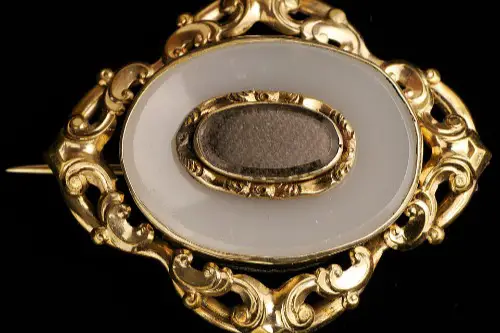
Yes, those elaborate framed arrangements of human hair from the Victorian era—creepy, right? But strangely, researchers and art historians are driving interest, seeing them as poignant memorial pieces. That emotional pull, combined with their delicate craftsmanship, is raising value. They’re a weird, sentimental time capsule.
Collectors in the macabre-art community are particularly hooked. Each piece tells a deeply personal story—of love, mourning, memory—that resonates in a way you don’t expect. The amount of finely woven hairwork involved also makes these pieces a marvel of handiwork. It’s antique sentimentality taken to another level.
3. Celadon Pottery Shards
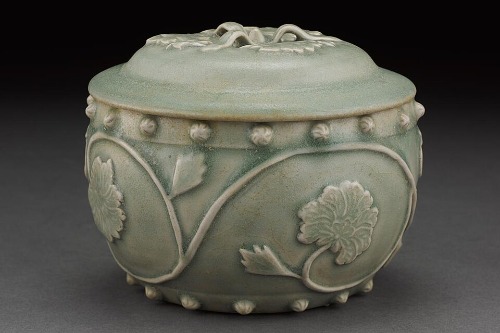
Broken pottery—what’s the point? Yet shards of rare Chinese celadon glazes from centuries ago are now highly prized by connoisseurs and museum curators alike. Their subtle jade-green tones and crackled surfaces evoke an aesthetic few modern pieces replicate. Even damaged, they offer insight into ancient techniques and are beautiful in their own right.
They’re like little fragments of history, held in your hand. Some collectors even turn them into jewelry or mosaics, so they become art again, albeit in new forms. Demand is growing especially for pieces with identifiable kiln marks or provenance. So even broken bits can carry significant cultural and monetary weight.
4. Vintage Typewriter Keys
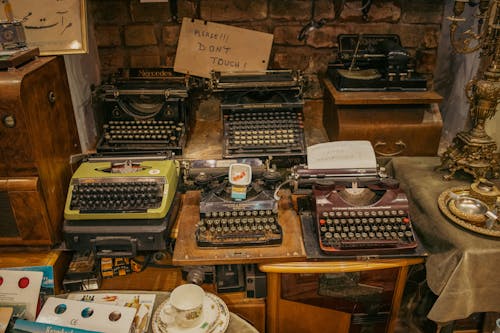
Those oddly satisfying click-clack keys, detached from their typewriters—useless as typing tools but perfect for steampunk crafts. Jewelry designers are incorporating them into rings, cufflinks, and necklaces, turning obsolete components into trendy accessories. That blend of nostalgia and repurposed charm is fueling a rise in demand. Craftspeople are paying top dollar for keys in good shape with legible letters.
You can’t type with them anymore, but you can start conversations. The aesthetic is retro-industrial and utterly irresistible for certain fashion niches. Plus, collectors hunting for specific letter sets (I want three Q’s!) will pay premiums. It’s vintage hardware with a second life.
5. Magic Lantern Slides
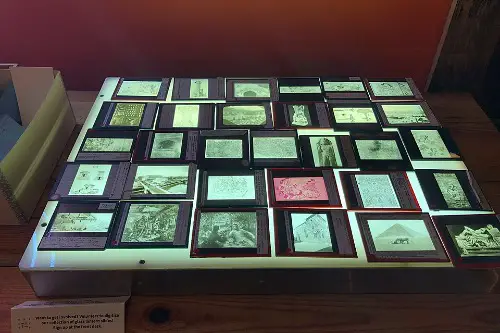
Long before PowerPoint, there were magic lanterns and their glass slides—tiny projected images showcasing education, entertainment, even adverts. Now they’re fetching surprising sums from photo historians and nostalgic display collectors. Their hand-painted artistry and early-photography charm make them mini-masterpieces. They’re slow tech, yes—but captivating.
They’re items you definitely can’t plug into your phone, but that’s part of the appeal. Each slide tells a story, whether it’s a Victorian holiday scene or a bizarre optical illusion. Collectors prize incomplete series, rare prints, or slides with unusual subjects. They’re like cinematic snapshots from a bygone visual era.
6. Worn-out Shoe Molds (Lasts)

A decrepit wooden or metal shoe mold used by cobblers—utterly useless for producing shoes nowadays. Yet vintage craftsmen and shoe historians are eager to buy them to display or study construction techniques. Their utilitarian wear—scuffed, pockmarked, full of traces of craftsmanship—makes them highly evocative. Value comes from that patina and object authenticity.
You might see one gathering dust, but it’s practically a cultural artifact. People who love shoes as design objects see the form behind the function, and these molds reveal that. They’re educational, decorative, and ever so slightly romantic. Shoe-geek demand is oddly strong.
7. Antique Taxidermy Labels

Those tiny paper labels pinned inside old taxidermy cases—listing the taxidermist’s name, date, and place—are basically scrap. Yet taxonomy buffs, museum professionals, and restoration experts chase them down, because they preserve provenance for specimens. Their value is increasing, especially when they’re tied to famous collectors or long-lost expeditions. A little label can suddenly unlock a big story.
Without the specimen, the label seems banal. But with the specimen, it’s documentary gold. These labels anchor the whole display in reality and history. It’s archival value plus a bit of detective work—and that combo is trending in collector circles.
8. Obsolete Dental Tools
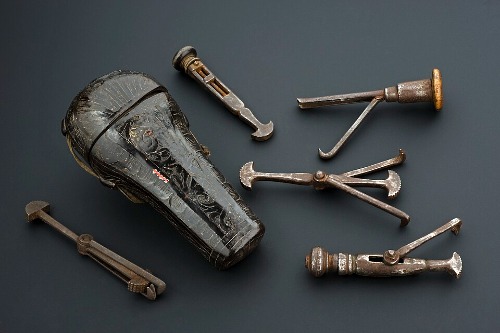
Okay, those once-common, clunky forceps and picks sit unused in modern dental offices. But medical-history museums and antique enthusiasts are paying for them, purely for the evolution narrative they tell. From Victorian tortures to today’s precision, these tools represent how far we’ve come. And—let’s be honest—they’re kind of fascinatingly gruesome.
They’re more bizarre artifacts than practical tools, yet that strangeness draws curious eyeballs. The craftsmanship in their joints and grips shows industrial design of the era. Some come engraved or stamped with maker’s marks, which further boosts their collectible status. So outdated dental gear is oddly trendy.
9. Vintage Match Safes (Vesta Cases)
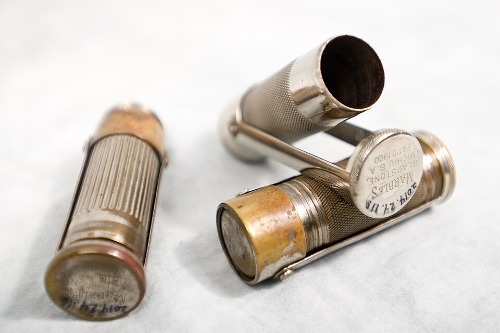
Match safes designed to carry and protect matches—useless when you carry a lighter in your pocket. Still, antique hunters love them for their aesthetic, diverse designs, and engraving craftsmanship. They’re tiny conversation-starters—be they brass, silver, or enamel—and their decorative originality is commanding higher prices. Some designs, especially those by Art Nouveau jewelers, are museum-worthy.
They’re stylish little relics that sit pretty on a shelf. Even though they’re not practical anymore, their beauty and craftsmanship live on. Collectors especially go for ones with maker hallmarks or rich ornamentation. A match safe is charming history in the palm of your hand.
10. Ivory Piano Keys (from Old Pianos)

Raw ivory is banned in many places, and pianos have modern synthetic replacements; so these ivory keys are obsolete and ethically iffy. Yet, responsibly sourced and antique-piano salvaged keys—when legal—are rising in value among restorers and instrument collectors. Their smooth texture and mellow luster are unmatched. And they’re becoming rarer as old pianos vanish.
People still building or refurbishing historic pianos chase them down. Even non-musicians value them for their tactile appeal or decorative uses. The fact that they carry both beauty and controversy makes them conversation magnets. As long as the sourcing is above board, they’re weirdly coveted.
11. Cork-lined Bottle Stoppers
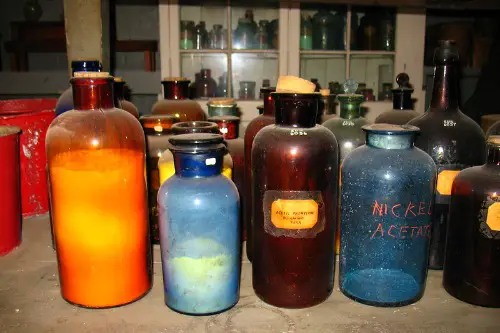
Once common in chemical labs—those little cork-lined glass or metal stoppers—yet completely useless in modern labs. But antique science collectors and home-chemistry decorators adore them for their vintage industrial look. The combination of worn cork and glass creates a beautiful aged texture that’s hard to replicate. Value is climbing thanks to the “museum-cabinet” decor trend.
They’re understated but evocative. You don’t need to seal flasks anymore, but you might need a styling piece on your shelf. Collectors lust after unusual shapes or maker’s stamped names. Suddenly, cork-lined stoppers have a charm that transcends their original purpose.
12. Roller-stamp Ink Pads
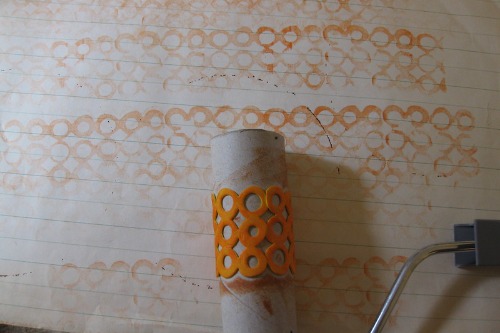
Those little roller-stamp ink pads used to decorate letters—again, obsolete with modern printing—but that embroidered or patterned roller is often collectible. Antique stationery lovers and craft revivalists pay up for intact rollers, especially with ornate designs or makers’ stamps. They’re tiny wonders of miniature printing tech. Their decorative prints today are perfect for journaling and DIY.
They’re no longer just tool; they’re art components and paper-craft treasures. Even faded rollers carry aesthetic value. People who bind books or make scrapbooks go wild for them. They’re like little stamps of bygone creativity that still roll out delight.
13. Antique Candle Snuffers
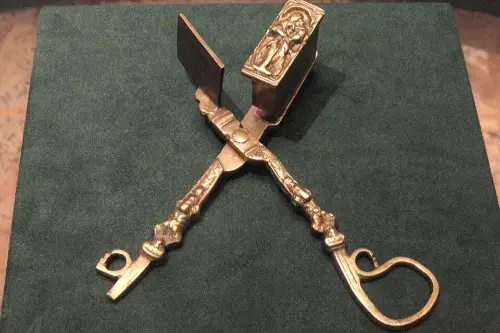
Remember those small tongs people once used to snuff candles? Totally unnecessary with modern flameless candles. But folks interested in pre-electric domestic life want them—they embody quiet, domestic charm from a simpler era. Well-made ones, especially brass or silver, are surprisingly ornate and now attracting higher bids. They’re nostalgic, peaceful, and oddly chic.
They’re miniature relics of old-time households. Even though you could just blow out a flame, using a snuffer felt intentional and elegant. Collectors appreciate the craft and the ritual that original snuffers suggest. Functional or not, there’s romance in extinguishing a candle with ceremony.
14. Miniature Advertising Mirrors

Small mirrors once handed out by drugstores or barbershops—now useless as ad media, but increasingly collectible for their kitsch factor. They often bear faded logos or charming old-time fonts, and phone-number-longer era contact info only adds antiquated charm. Design-centric collectors and retro-shop decorators are paying up for originals. They’re snapshots of historical advertising meets personal grooming.
They’re reflective nostalgia—literally. Even with grime and age-spots, their vintage logos are impossible to fake convincingly. People love the back-story, imagining someone gazing into one in the 1920s. So these tiny hand-mirrors are becoming big in collector value.
15. Skeleton Keys

Those long, old-fashioned keys that once opened wardrobes, trunks, and locks seem completely impractical now. Modern homes rely on complex key cuts, electronic locks, and codes, leaving these antique keys without function. But collectors love their elegant shapes, patina, and mysterious aura. They embody an era when craftsmanship was infused into even the smallest objects.
Today they’re often used as decorative pieces or repurposed into jewelry. Each one feels symbolic, representing hidden doors or untold stories. Sets with ornate designs or maker’s marks command high prices at auctions. What was once just a simple household tool is now an emblem of curiosity and style.
16. Hotel Silverware
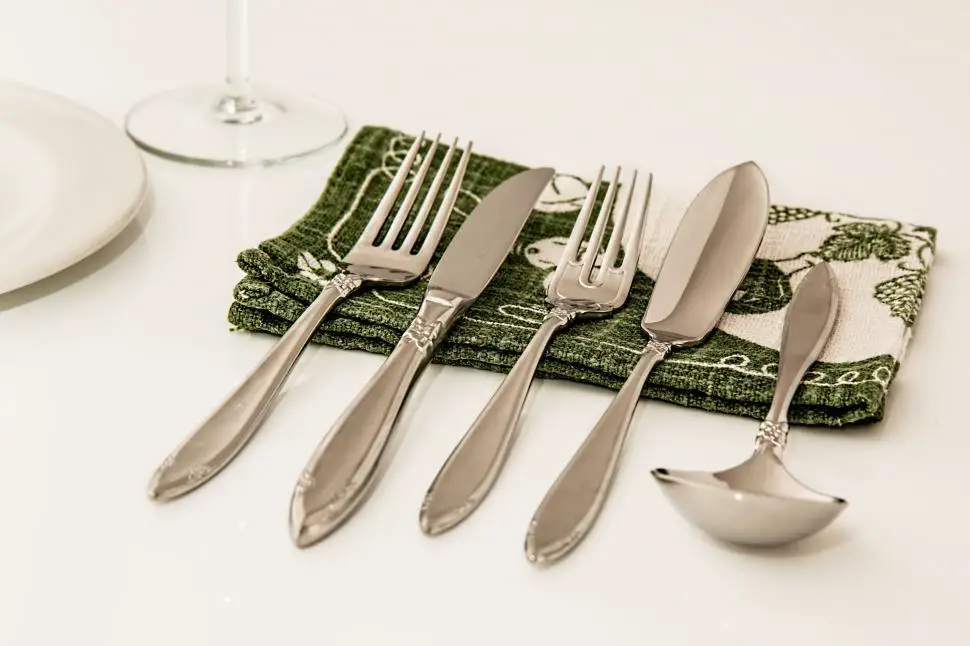
Heavy forks, knives, and spoons stamped with the names of grand hotels seem outdated compared to sleek modern cutlery. But hospitality memorabilia collectors are paying more and more for them, especially from landmark establishments. Their weight, quality, and engraved branding make them special compared to generic flatware. Every piece is a reminder of luxury travel’s golden era.
They’re not just utensils—they’re fragments of bygone dining culture. Some buyers display them as art, while others actually use them to dine in vintage fashion. Rare sets or pieces from demolished hotels are especially valuable. They’re proof that even something as ordinary as a fork can carry history.
17. Glass Insulators
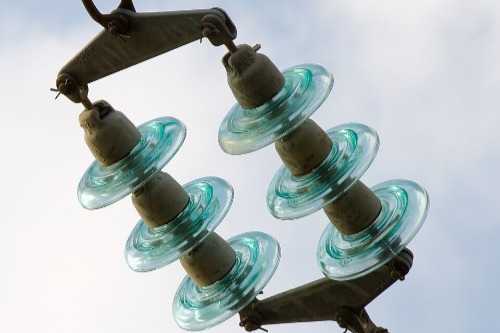
Once perched on telegraph and power poles, these chunky glass insulators have no purpose in today’s world of buried cables and wireless tech. Their thick, colored glass and stamped names seemed destined for scrap heaps. But collectors and interior designers are giving them new life as shelf décor and garden ornaments. Certain rare colors like cobalt or purple fetch hundreds.
They’re relics of early communication infrastructure—industrial but oddly beautiful. People love holding them up to the light, admiring the way the glass refracts. Some crafters even turn them into pendant lights or paperweights. It’s technology turned into treasure by sheer design charm.
18. Button Hooks

These little metal tools, once essential for fastening stiff boots and gloves, serve no real purpose today. Our shoes zip, velcro, or slip on—no hook needed. But the delicate curves and handles of antique button hooks attract collectors of Victorian and Edwardian fashion ephemera. They’re snapshots of daily inconvenience turned stylish necessity.
Many were crafted with ornate handles in silver, ivory, or celluloid, making them miniature artworks. Collectors value both decorative versions and utilitarian ones worn smooth by use. They’re storytelling objects, reflecting the effort of dressing in past eras. For lovers of vintage fashion, they’ve become irresistible.
19. Cigar Box Labels
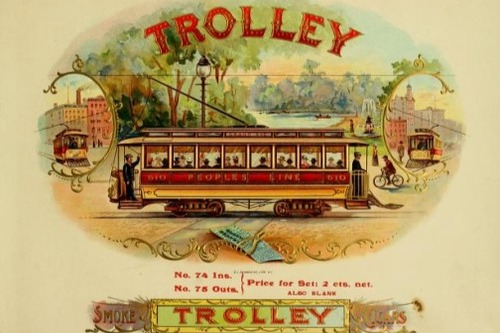
Elaborately printed cigar box labels from the late 19th and early 20th centuries no longer advertise tobacco products. But collectors prize their vivid lithography, gilded embossing, and over-the-top branding flair. They’re tiny masterpieces of commercial art, filled with dramatic imagery and ornate typography. What once got tossed aside is now carefully preserved.
Scrapbookers, graphic designers, and historians find endless appeal in these labels. They capture a flamboyant advertising era where companies competed with pure spectacle. Labels from defunct brands or limited print runs can command high values. They’re fragile yet enduring testaments to design excess.
20. Milk Glass Dishes
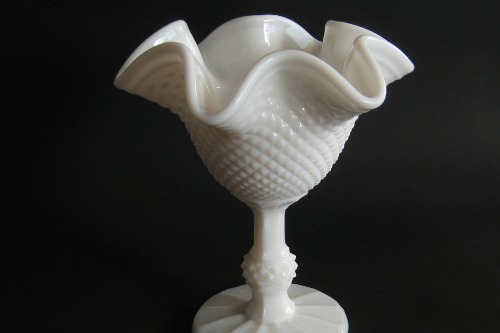
Opaque white milk glass dishes were once cheap, utilitarian kitchenware, now often dismissed as clutter in grandma’s cupboard. But in recent years, collectors have rediscovered their subtle beauty and affordability. Their embossed patterns and soft glow under light make them charming display pieces. Prices are rising as supply dwindles.
They may not match modern minimalist tastes, but they blend well with eclectic vintage décor. Collectors hunt for intricate patterns or pieces made by iconic American glassmakers. Sets in pristine condition are increasingly rare. From “junk shelf” to chic collectible, milk glass is making a comeback.
21. Travel Trunks
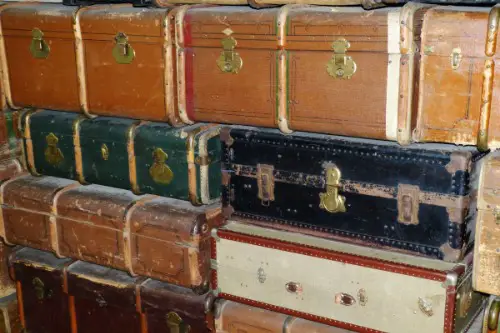
Oversized, heavy travel trunks are wholly impractical in the age of rolling suitcases. No one is dragging a hundred-pound steamer trunk through an airport. Yet their craftsmanship, brass hardware, and leather accents make them highly collectible. They’re decorative statements and storage solutions rolled into one.
Interior designers love them as coffee tables, blanket chests, or statement pieces. Collectors prize trunks with original travel labels, exotic destinations, or famous owners. The romance of grand voyages clings to every scuff and dent. Once a burden to travelers, they’re now treasures for home stylists.
This post 21 “Useless” Antiques That Are Gaining Value in 2025 was first published on Greenhouse Black.
